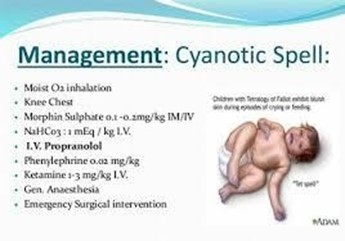A nurse is planning care for a client who has leukemia and is prescribed bed rest. Which of the following interventions should the nurse include in the plan?
Have the client perform pulmonary hygiene every 8 hr.
Place the client on airborne precautions.
Turn the client every 4 hr and apply powder to moist areas.
Assess the client's urine for odor and cloudiness.
The Correct Answer is D
- Rationale for Choice A: Pulmonary hygiene is important for preventing pneumonia, especially in bedridden clients. However, it is not specific to the care of a client with leukemia unless they have a respiratory complication which necessitates such an intervention.
- Rationale for Choice B: Airborne precautions are typically used for clients who have infections that can be transmitted through the air, such as tuberculosis. Leukemia does not require airborne precautions unless the client has a coexisting airborne infection.
- Rationale for Choice C: Regular turning of the client can help prevent pressure ulcers and is a good practice for any bedridden patient. However, the use of powder is controversial as it can cake and lead to skin breakdown, and is not specifically indicated for leukemia care.
- Rationale for Choice D: Assessing the client's urine for odor and cloudiness is an important part of care for clients with leukemia. They are at increased risk for urinary tract infections due to immunosuppression, and changes in urine can indicate an infection that needs prompt treatment.
Nursing Test Bank
Naxlex Comprehensive Predictor Exams
Related Questions
Correct Answer is B
Explanation
Choice A rationale:
Morphine subcutaneously can help reduce anxiety and stress, but supplying oxygen is the priority intervention.
Choice B rationale:
During a hypercyanotic spell ("tet spell"), the infant's oxygen levels drop, leading to cyanosis (blue skin) and distress. Administering oxygen can help improve oxygen saturation and alleviate the spell.
Choice C rationale:
Calming and soothing the child may not be sufficient to address the oxygen saturation issue during a hypercyanotic spell.
Choice D rationale:
Placing the infant in a knee-chest position can help improve blood flow, but administering oxygen should be the initial step.

Correct Answer is B
Explanation
Choice A rationale:
Using a disposable adhesive probe when measuring the client's SaO2 is not an intervention that can reduce the exposure of the client to latex, because adhesive probes may contain latex and cause skin reactions. A better option would be to use a non-adhesive probe or a probe cover that is latex-free.
Choice B rationale:
Rationale: Latex sensitivity or allergy can lead to adverse reactions when exposed to latex- containing products, such as blood pressure cuffs. Wrapping the blood pressure cuff in a stockinette helps minimize direct contact between the cuff and the client's skin.
Choice C rationale:
Silicone products are usually considered safe for individuals with latex sensitivity because silicone is a different material. Silicone products are generally safe for clients who are sensitive to latex, unless they have a separate allergy to silicone.
Choice D rationale:
Cleaning vial stoppers for 15 seconds before using them to withdraw-medications for the client is not an intervention that can reduce the exposure of the client to latex, because vial stoppers may be made of latex or rubber and cleaning them does not remove the allergen. A better option would be to use vials that have latex-free stoppers or to avoid puncturing the stoppers with needles.
Whether you are a student looking to ace your exams or a practicing nurse seeking to enhance your expertise , our nursing education contents will empower you with the confidence and competence to make a difference in the lives of patients and become a respected leader in the healthcare field.
Visit Naxlex, invest in your future and unlock endless possibilities with our unparalleled nursing education contents today
Report Wrong Answer on the Current Question
Do you disagree with the answer? If yes, what is your expected answer? Explain.
Kindly be descriptive with the issue you are facing.
